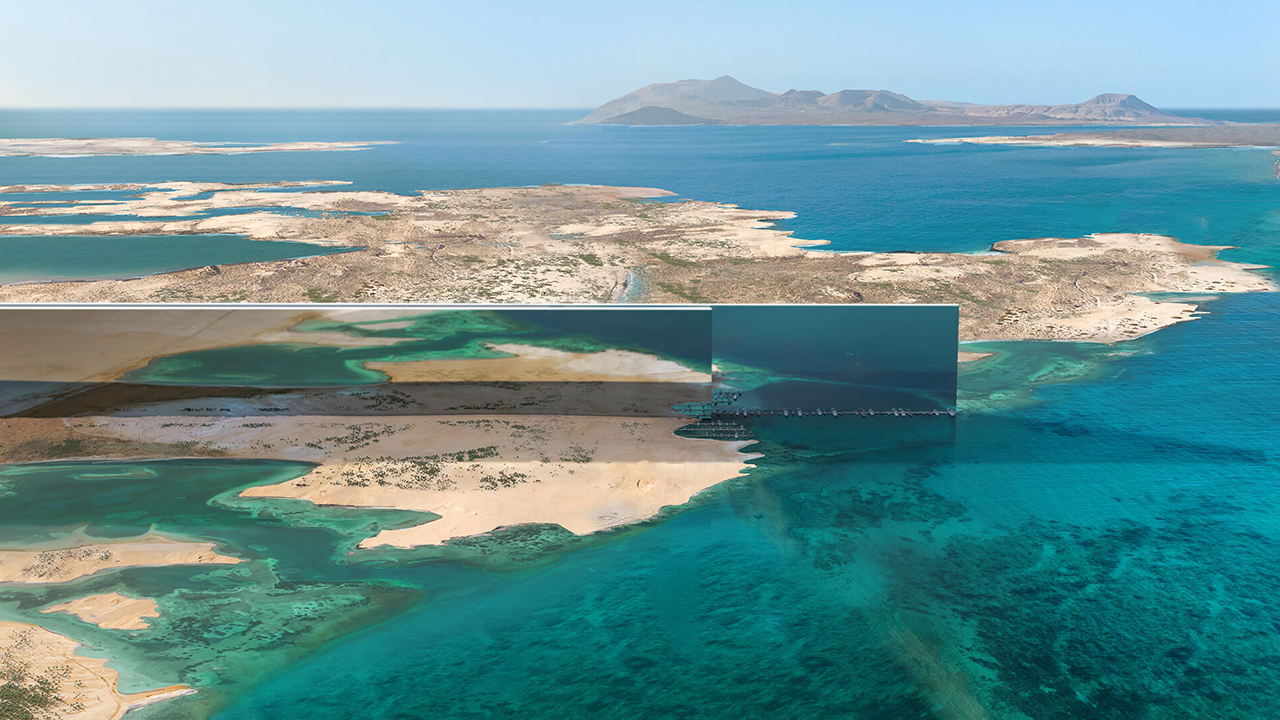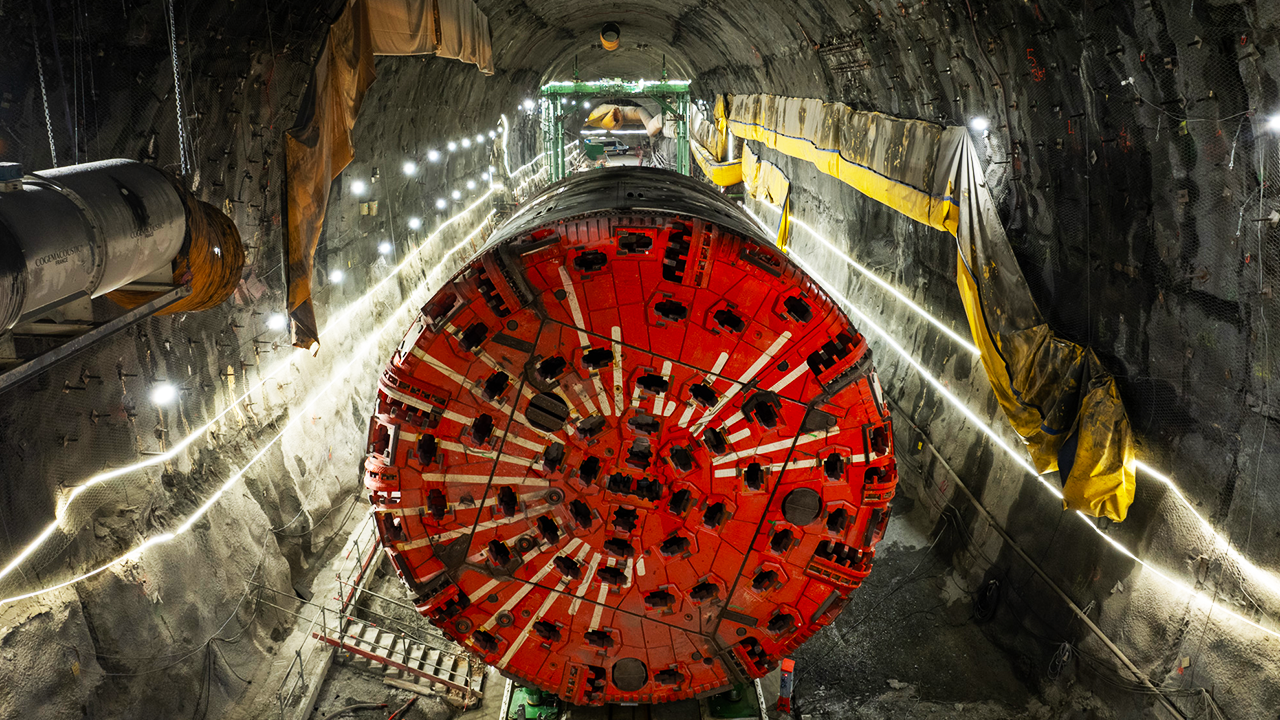The $40BN Plan to Save The World’s Fastest Sinking City
- Youtube Views 1,646,132 VIDEO VIEWS
Video narrated and hosted by Fred Mills. This video contains paid promotion for Opera.
Forget Venice. There’s a far bigger city that’s sinking a hell of a lot faster. Jakarta, home to more than 11M people.
It’s a bustling megacity with some of the world’s tallest buildings, a rich history and it’s the economic, cultural and political centre of Indonesia - a country of more than 280M spread over 17,000 islands.
To say it's a vital artery of the region is an understatement.
Jakarta is the largest city in Southeast Asia, but it’s sinking at a rate of up to 15 centimetres a year - and in some areas, that figure rises to as much as 26 centimeters.
In comparison, Venice is only sinking by 1 to 2 millimeters per year.
Estimates show that at least 40 percent of Jakarta is currently below sea level and that it will largely be underwater by 2050.
But this is a The B1M video - so you know we’re going to show you a wild engineering solution.
They’re going to build a 32-kilometre sea wall here along Jakarta Bay.

Above: The wild plan to save Indonesia. Image Courtesy of Kuiper Compagnon.
This, alongside 17 artificial islands, includes an enormous section designed to look like a mythical bird - a symbol of the country.
Oh - and while the government begins work on this outlandish plan they’re also doing something else… they’re moving.
The Indonesian government is building an entirely new capital city in the middle of the jungle, miles away from the flooding metropolis.
This is the wild story of the race to save… and flee… from Jakarta.
How did we get here?
It’s like something from a sci-fi movie. An enormous megastructure designed to withhold a biblical flood.
But before we tell you how it's being built, we need to turn back the clock and show you why.
This is where Jakarta is, on a low-lying coastal plain at the mouth of 13 rivers. This here is the Ciliwung River and it’s the most important one.
The area is naturally swampy, and during the wet season, it receives heavy monsoon rainfall. These conditions have throughout time made it vulnerable to flooding.
The Dutch established what was then Batavia in the early 17th century and - as the Dutch are want to do - tried to model it after Amsterdam, building canals everywhere. They used these for both transportation and drainage.
However, poor maintenance and a lack of understanding of the tropical climate led to stagnation, mosquito-borne diseases, and, yep, flooding.
Many of these Dutch canals remain to this day. But they were not built for 11M people.
When Indonesia gained independence in 1945 the population of Jakarta exploded. There were waves of migration from rural areas and the city expanded without any kind of typical urban planning.
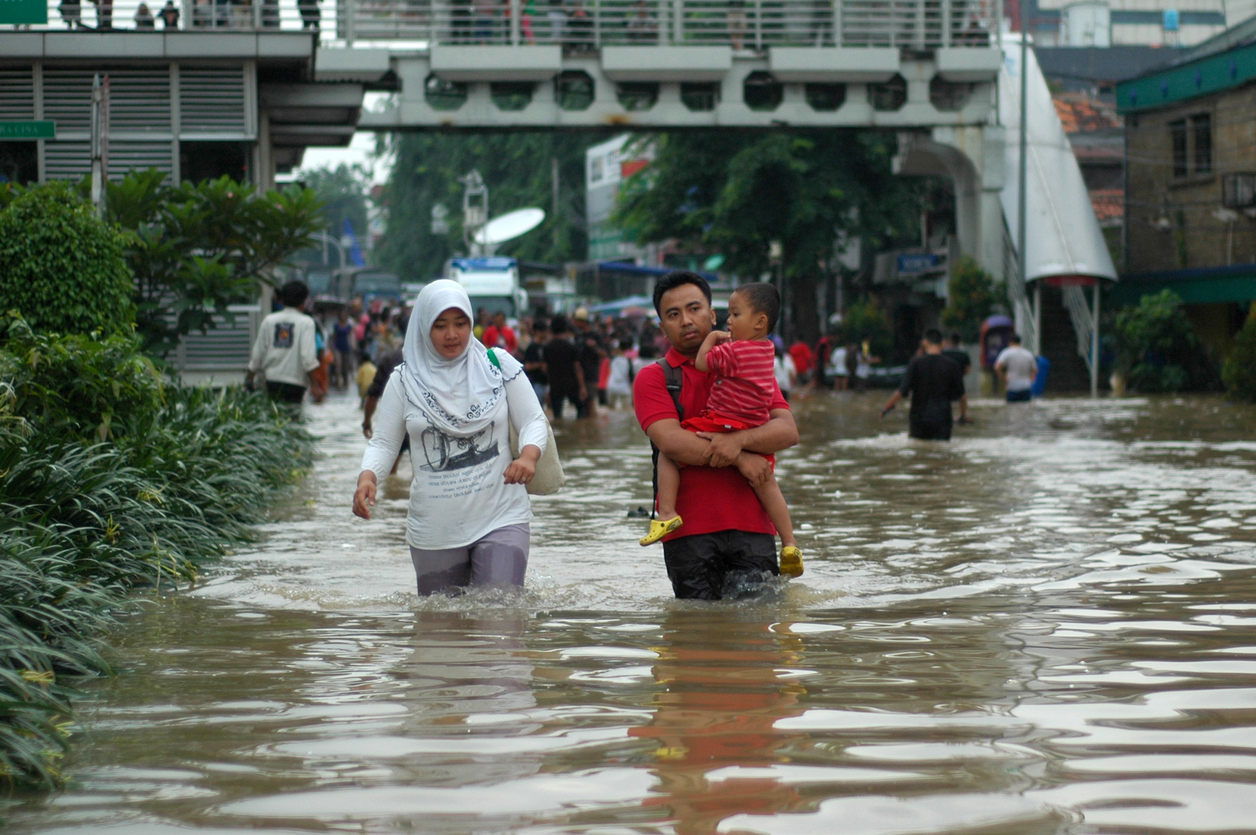
Above: Jakarta often experiences devastating flooding.
Informal settlements were developed along riverbanks, these in turn narrowed waterways and increased runoff.
The floods only got worse thanks to this loss of green space and natural floodplains, as well as poor waste management that clogged drains and rivers and land subsidence due to groundwater extraction.
Now, this last one is important and is perhaps the greatest reason behind why the city is sinking so quickly…
In order to meet the water needs of more than 11M people water is pumped from underground aquifers. This over extraction has caused the land above the aquifers to sink.
And this method has been used extensively due to the limited availability of piped water, especially in the city’s slums and poorer areas.
A sinking city
This isn’t brand new information for Indonesia, though. In fact, the government has attempted to crack down water extraction for years.
They’ve introduced a number of regulations and mandatory permits alongside an extensive public awareness campaign to show the public the dangers of such practices.
However, in practice, enforcement of these laws can be difficult and those extracting water this way often go unpunished.
It may sound like the city is literally digging its own hole - but what has to be remembered is this is happening in extremely poor areas that often lack proper infrastructure.
The Corruption Eradication Commission discovered at least 10,000 illegal wells during a survey of the capital a few years ago. That number has only increased ever since.
So, what can be done?
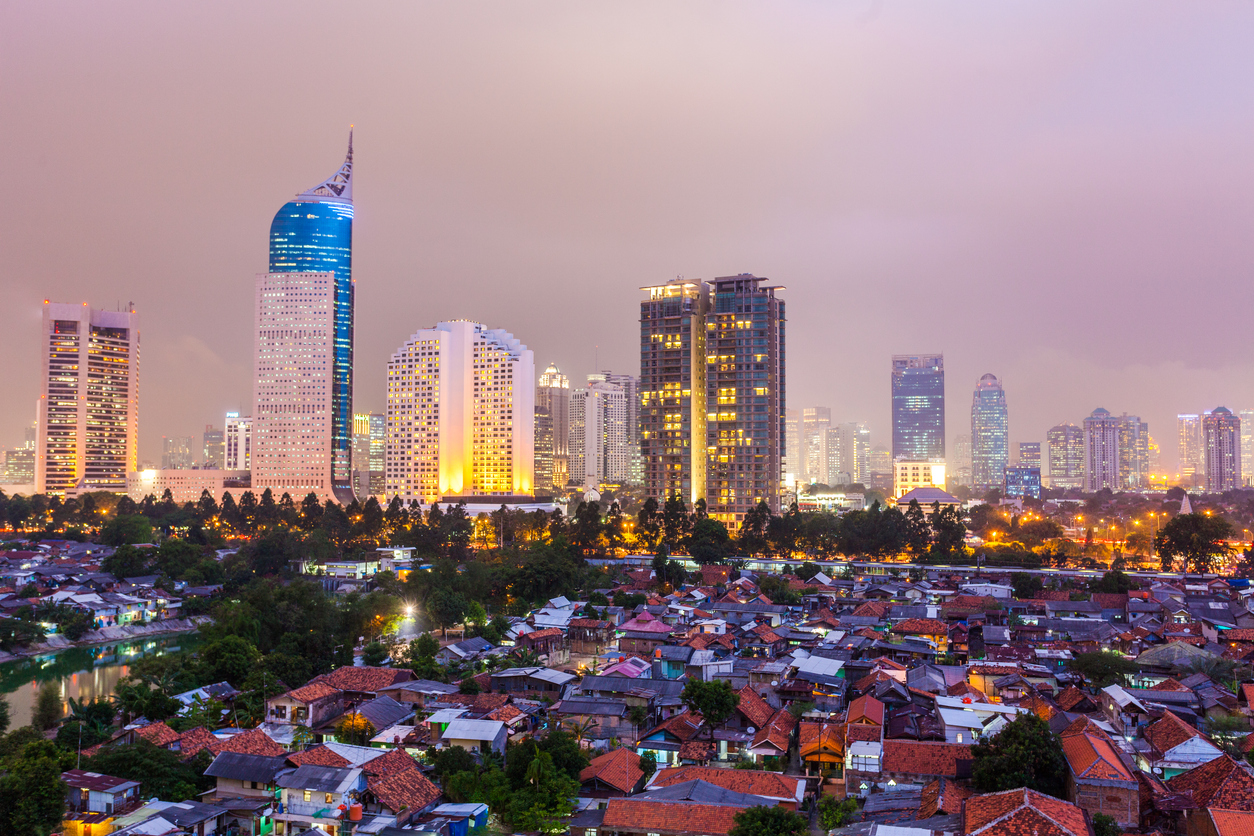
Above: These illegal wells are often in the poorer slums of Jakarta.
Many have proposed what seems to be the obvious solution - Jakarta should refill these aquifers and actually enforce their regulations. That would solve the problem, right?
Well, no. There is also a significant economic disincentive for the water companies to provide proper access to running water to the city’s poorest residents.
They usually live in small villages, or what’s known as kampungs. Here water is supplied through a public hydrant for the entire community to share.
But under this pricing structure, lower income customers pay less per unit of water piped to their homes than higher income customers, and providing a public hydrant for a kampung results in more revenue for water companies than providing piped water to each resident.
So poorer residents don’t get the piped water they need and have to turn to extracting their own.
It’s a vicious cycle.
Other proposals include a plan to drill infiltration wells that are designed to allow rainwater runoff and floodwater to naturally drain back into the aquifers.
Or a recommendation to replenish the lost floodplains and greenspaces in the city. Like the sponge cities we’re seeing across China, these natural methods can help mitigate floods.
The glitzy solution
Instead, the government has opted for this. A colossal $40BN sea wall that looks like it’s straight out of the future.
This glitzy plan for a wall and artificial islands in the shape of a the Garuda - the mythical bird that is a symbol for the country. It will aim to be a barrier against tidal surges and sea-level rise, supposedly safeguarding the city's coastal areas.
The new islands will include massive new developments and housing complexes - to alleviate Jakarta’s urban density, the government claims.
Interestingly enough, this 40 kilometre long, 20 metre high wall harks back to Jakarta’s Dutch past. It is being designed by a company in Rotterdam.
The wall will be built in stages, the first step of which is to strengthen the existing dykes along the coast.
Once that is complete by 2030 the dykes will be extended into a giant sea wall that will extend out into the bay.
By 2050 the sea wall will then be closed off completely and become a reservoir.
This reservoir will store rainwater and hopefully provide the city with enough drinking water so that groundwater extraction is no longer necessary.
Floodgate systems will also be integrated into the design to control the amount of water coming from Jakarta’s 13 rivers and will prevent overflow.
The Dutch are back
This will be built mostly by land reclamation, something the Dutch have ample experience with.
Almost 90 years ago the country constructed a sea wall of similar length - the 32 kilometre Afsluitdijk, here by the Wadden Sea.
The project was one of the largest engineering feats of its time and is credited with saving large parts of the country from catastrophic flooding in 1953.
When it was constructed in 1927 ships would dredge material and deposit it directly onto the seafloor until it breached the surface.
Basalt rocks were used to strengthen the dyke and it was raised to its final height with sand and clay before being topped with grass to hold the surface material together.
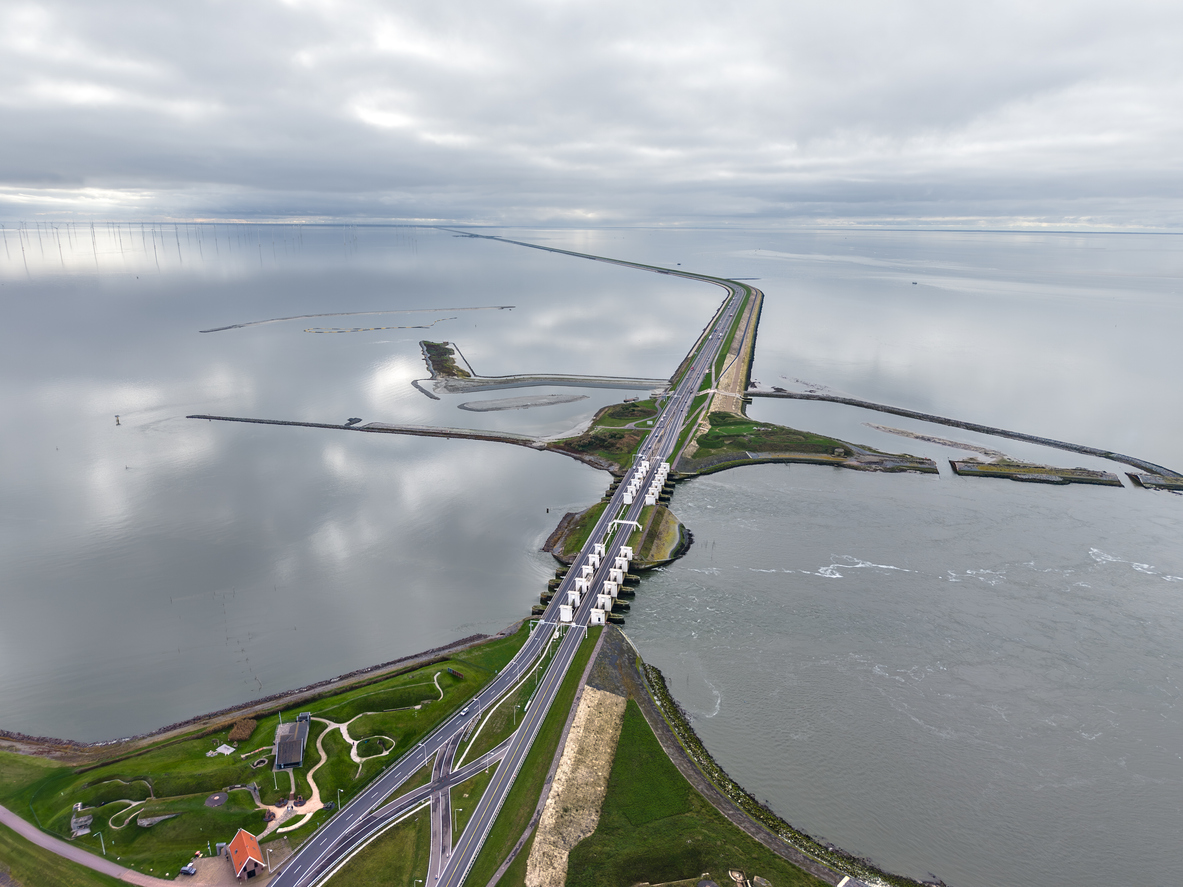
Above: The Dutch are famed for their sea walls.
On 28 May 1932 the final gap in the dyke was filled, finally separating the Netherlands from the Wadden Sea and creating one of Europe’s largest lakes in the process.
Today fairly similar methods are used in land reclamation, although now we used concrete to reinforce the dykes, as well as other materials like sand, gravel, and clay.
Jakarta sea wall will have to be particularly reinforced in order to hold the planned developments above it - like potential new skyscrapers.
The problem with the plan
This all sounds pretty astounding, however experts have warned that the sea wall would disrupt marine ecosystems, alter sea currents, and lead to the erosion of nearby islands.
Even worse, the wall may trap polluted water from Jakarta's rivers, turning the enclosed bay into a stagnant and toxic lagoon. It’s hardly a perfect solution.
The project has been further criticized for displacing coastal communities, particularly fishing villages, without proper compensation or relocation plans.
This has only fuelled the economic inequality and marginalization of the city’s more vulnerable people.
And to top it all off - there have been substantial criticisms of the viability of the project overall. Besides its enormous price tag it will take an estimated 40 years to complete. This is no quick fix.
By that time potentially 95% of North Jakarta will be below sea level.
The wall’s financing relies heavily on land reclamation and private investment, leading to fears that it prioritizes commercial interests over public welfare.
Allegations of corruption haven’t helped dismiss these concerns, either.
These critics argue that the sea wall addresses the symptoms rather than the causes of Jakarta's flooding problems. It does nothing to stop the excessive groundwater extraction that is actually making the city sink
But while the wall is still in the early stages of construction - Indonesia’s new capital city has been charging ahead.
Nusantara
The city is called Nusantara - and it’s located miles and miles away from Jakarta… in the middle of the jungle.
This isn’t an entirely new concept. Countries have built new capital cities from scratch before. Brazil has Brasília, Australia has Canberra, Egypt is moving its government offices out of Cairo.
But fleeing a sinking city might just be a new one.
Construction of Nusantara began in 2022, with the project estimated to cost around $35 billion.
The development is structured in five phases, aiming for completion by 2045, coinciding with Indonesia's centennial of independence.
The city has all the splashy hallmarks of a contemporary development: it’s designed to be a "smart" and "green" urban center, with renewable energy sources and extensive green spaces.

Above: The presidential palace in Nusantara.
And recent footage showcases the Garuda-shaped presidential palace and new highways connecting the city to other regions. This government really does like that bird.
However this project has once again faced criticism for a number of reasons.
The construction site encroaches on heavily forested areas, including nature preserves home to endangered species like orangutans.
While the new presidential palace appears like the palace of Versailles than anything else.
Local indigenous groups, such as the Balik people, have been displaced to make way for the city. Many fear the loss of ancestral lands and cultural heritage due to the construction of the new capital.
While the project has struggled to attract foreign investment. Initial investors like SoftBank have withdrawn, leading to reliance on state funds and raising concerns about financial sustainability.
Despite the progress, massive delays remain a reality. While the presidential palace is nearing completion, the airport and other essential pieces of infrastructure are still waiting to be finished.
The story of the sinking city is a parable we often come back to. From Atlantis to Gilgamesh we use these myths as lessons to teach ourselves about greed and hubris.
In the case of Jakarta, the sinking city is all too real. But maybe rather than flashy megaprojects, the solution is far more down to earth.
Giving vulnerable people proper access to running water might work a whole lot better than a palace in the jungle.
Additional footage and images courtesy of Kuiper Compagnons and Nusantra.
To discover Opera for yourself, download today.
We welcome you sharing our content to inspire others, but please be nice and play by our rules.
